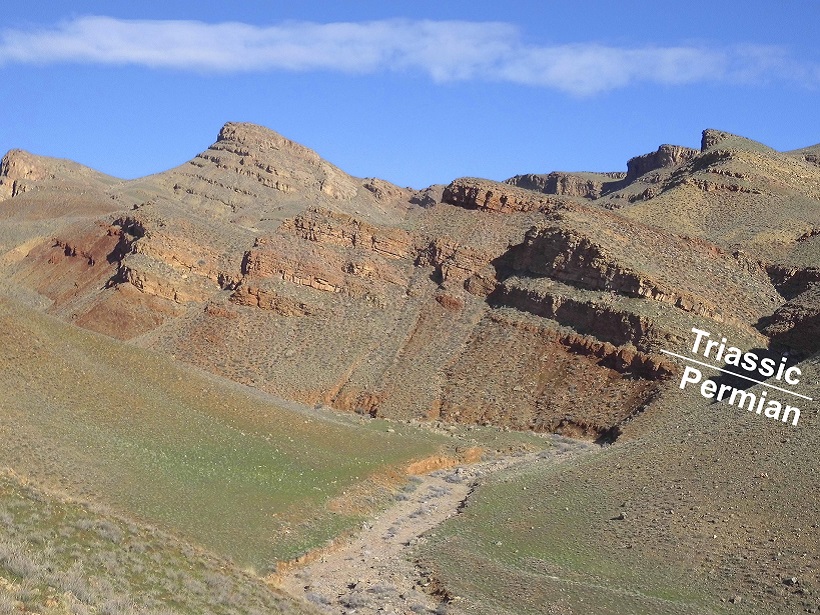A new book explores chemostratigraphy, a fascinating and relatively young branch of geoscience, presenting the latest developments and applications.

A new book explores chemostratigraphy, a fascinating and relatively young branch of geoscience, presenting the latest developments and applications.